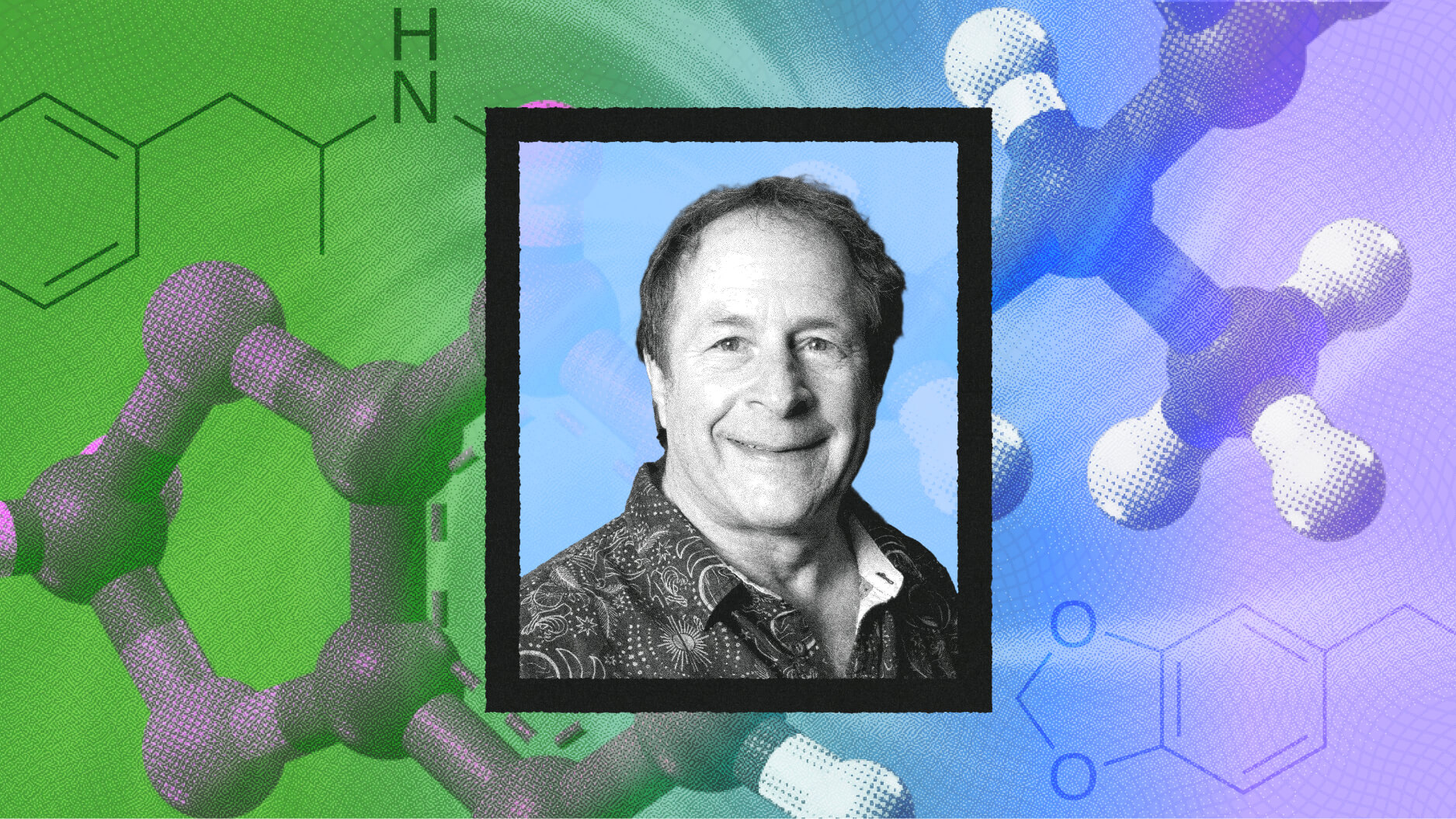Mirror neurons, the cells in the brain that fire when watching others do actions, might be deficient in people with autism. Perhaps, drugs like ecstasy that enhance empathy, could be used to treat this deficiency.
V.S. Ramachandran: Children with autism, they are lacking in empathy, emotional empathy, which enormously involve mirror neurons. They are unable to adopt somebody else’s point of view on a conceptual level, possible even on a perceptual level. And is also something that you ascribe, this function to mirror neurons, that’s missing in autism are impoverished in autism. So there's lack of emotional empathy.
There’s also a lack of pretend play. Pretend play by definition in normal children or non-autistic children, requires that you put yourself in the shoes of that doll or that action figure. Pretend you are Superman. Suspend reality for a short while and pretend you are Superman. This autistic children are incapable of doing is undoubtedly one of the functions of mirror neurons. You need to tap into the mirror neurons in order to put yourself in the shoes of the action figure.
And also, sophisticated imitation, which is missing in many autistic children, is another function of mirror neurons. Impoverished language is something that you see in autistic children.
So if you make a list of all the properties, emotional empathy, theory of other minds, imitation, pretend play and you look at all those functions of mirror neurons and make a tabular column of the functions that are deficient in autism, there’s almost a perfect fit. This is what led us to suggest over 10 years ago, or maybe about 10 years ago, that mirror neuron dysfunction might be the basis of autism, it might be one of the major causes of autism.
Now there are several groups which have shown this to be true doing brain imaging, but there’s one group who claims they don’t see a mirror neuron deficit. So what I’m arguing is—this is highly speculative at this point, I would say there are evidence that is suggestive, but not compelling or persuasive, but not compelling. So, we will have to wait and see.
Big Think: If this turns out to be the case, how will it impact the way autism is treated?
V.S. Ramachandran: The question is, is the mirror neuron system completely deranged or is there less than residual activity still there. And I suspect there is some residual activity. Can you tap into that activity using biofeedback? You know, there are EEG signals associated with mirror neurons and mirror neuron deficiency. So can the patient be taught to enhance by watching the computer screen and by using biofeedback, enhance the EEG signal, thereby indirectly recruiting more neurons and enhancing the activity of the mirror neurons? This is still very experimental, but people are trying it.
The other possibility is mirror neuron systems may have specific transmitters associated with them. It wouldn’t be surprising, for example, for we all know that “E” enhances… Ecstasy enhances empathy. It’s quite possible it is acting through the mirror neuron system. Especially parts of the mirror neuron system that are in the insular cortex and parts of the mirror neuron system that are concerned with the emotional empathy. Maybe if you knew what transmitters were involved you can engineer drugs that tap into that and enhance activity in the mirror neuron system.
Another way is to do exercises by synchronized dancing, like the Rockettes using multiple mirror reflections to enhance activity in mirror neurons. All of this is hypothetical and purely speculative, unlikely to work, but worth trying.





